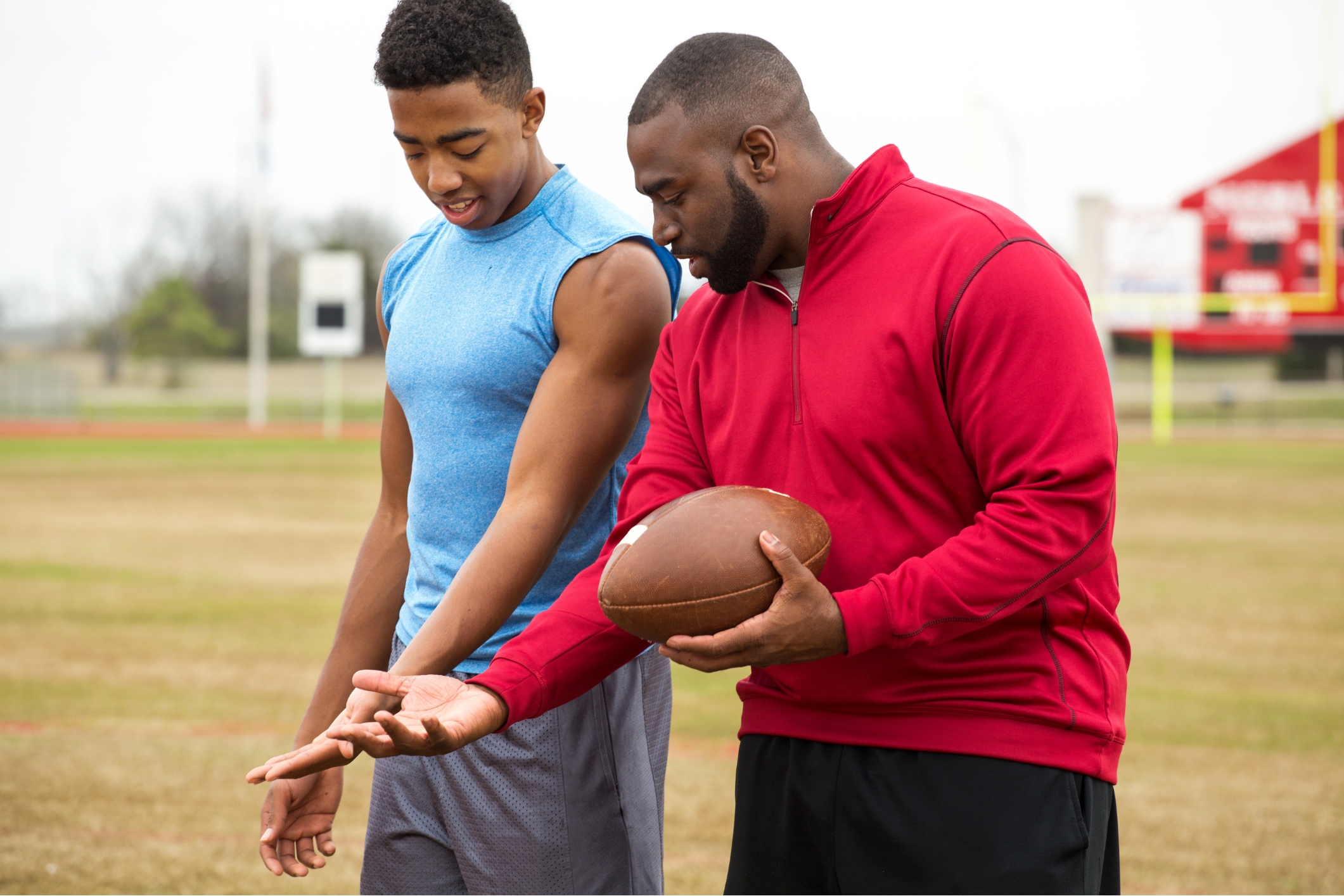
Key statistics in boarding school health care
 One of the biggest questions we’ve received when talking to independent schools about the Annual Report of Independent School Health Services is: “What information is applicable to boarding schools?”. It’s a good question to ask, because not all independent schools are the same. For example, boarding schools are responsible for student care 24/7, which differs from their day school counterparts. It’s these increased hours of care that mean boarding schools prepare differently for student health concerns – and the proof is here.
One of the biggest questions we’ve received when talking to independent schools about the Annual Report of Independent School Health Services is: “What information is applicable to boarding schools?”. It’s a good question to ask, because not all independent schools are the same. For example, boarding schools are responsible for student care 24/7, which differs from their day school counterparts. It’s these increased hours of care that mean boarding schools prepare differently for student health concerns – and the proof is here.
From staff-to-student ratios to the prevalence of chronic diseases, we’ve compiled five key statistics about on-site boarding school health and health care. The following statistics are a result of the comparison between boarding school respondent data and total independent school respondent data compiled from the Annual Report. Plus, you can always view the entire report, including demographic data on respondent schools.
1) Demographics: Boarding schools report a lower student enrollment.
A lower enrollment number naturally means that boarding schools have less students to look after. According to respondent data, the average boarding school population is reported at 372 students, compared to 511 students for all independent schools. However, having a lower enrollment is a trade off because boarding schools provide care around the clock. So while these schools may report less students, their potential time spent caring for students is essentially tripled.
2) Staffing: Boarding schools report a lower staff-to-student ratio.
On top of a smaller student population, boarding schools also report a lower staff-to-student ratio – 1:2 compared to the independent school ratio of 1:4, to be exact. It’s a ratio that many boarding schools focus on lowering, and is proven to be true from our Annual Report data.
The same trend holds for boarding school nurse-to-student ratio, with boarding schools reporting a ratio of 1:236, while independent schools come in at 1:426. The good news is that both ratios are lower than the national NASN recommendation of 1:750.
3) Student health: Boarding schools report a lower percentage of students affected by asthma, severe food allergy, and seizures.



Boarding schools report that 6.6% of their student population is affected by asthma, compared to all independent schools reporting 8.4% of their student population affected by the same chronic disease – that’s a drop of nearly 2%. But the differences are more pronounced for students affected by severe food allergy or seizures. Boarding schools report 2.5% and 0.5% of their student population being affected by each condition, respectively, compared to 4.7% and 1.2% for all independent schools.
4) Facilities: Boarding schools, on average, report larger health centers.
 Where do students go when they have a headache, feel sick, or need assistance with a chronic disease? The first place to go is the health center – or school nurse’s office. While the details of the health center may differ, one things is for sure: boarding schools report more space for student health care.
Where do students go when they have a headache, feel sick, or need assistance with a chronic disease? The first place to go is the health center – or school nurse’s office. While the details of the health center may differ, one things is for sure: boarding schools report more space for student health care.
Over 50% of boarding school Annual Report respondents indicate they have more than 1,000 square feet to work with in their health centers. This is a steep increase compared to 15% of day school respondents who have the same 1,000+ square feet to use. But the extra space in boarding school health centers isn’t a waste – and could partially be accounted for – because of an increased number of waiting rooms and overnight observance beds seen in boarding schools.
5) Tasks: Boarding school health center staff report spending more time on medication administration.
 While time spent on clinical vs. administrative tasks is roughly the same for boarding schools compared to all Annual Report respondents, the breakdown of time spent on different clinical tasks does differ. All independent school respondents indicate they spend 18.9% of their annual time administering medication, while boarding school staff indicate they spend nearly double the amount of time, 30.6%, on the same task.
While time spent on clinical vs. administrative tasks is roughly the same for boarding schools compared to all Annual Report respondents, the breakdown of time spent on different clinical tasks does differ. All independent school respondents indicate they spend 18.9% of their annual time administering medication, while boarding school staff indicate they spend nearly double the amount of time, 30.6%, on the same task.
Do these statistics resonate with you? See all of the statistics, plus detailed benchmarking data in the ground-breaking Annual Report of Independent School Health Services.
{{cta(‘1c9531b0-dac9-4f8e-a09e-5ad7e1e5f262′,’justifycenter’)}}

